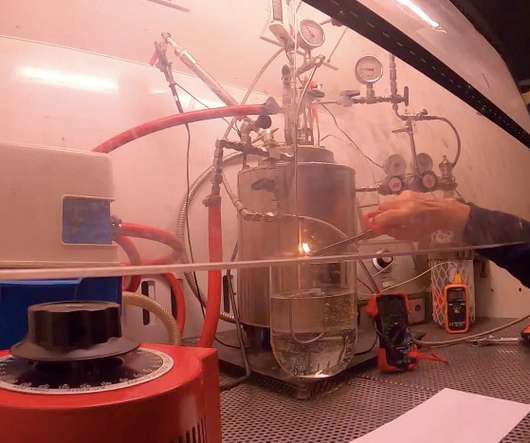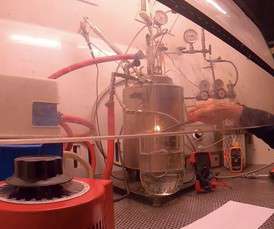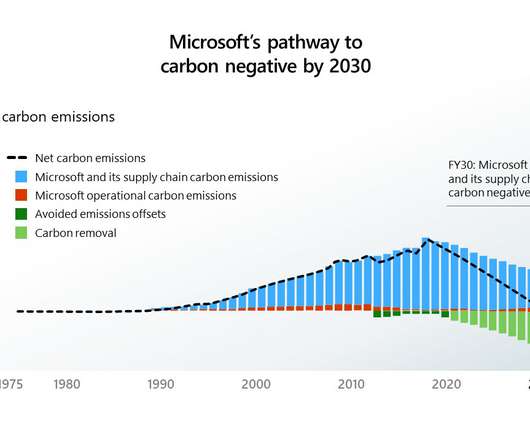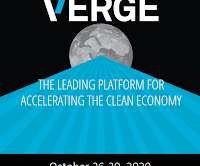Could trash-to-energy technology feed hydrogen demand?
GreenBiz
JULY 15, 2020
Could trash-to-energy technology feed hydrogen demand? One novel spin on emerging hydrogen fuel options is "clean hydrogen" made from trash. . Green hydrogen — made by splitting water’s hydrogen and oxygen using electricity produced by renewable sources — is a small fish in the "energies pond." Arlene Karidis.















Let's personalize your content